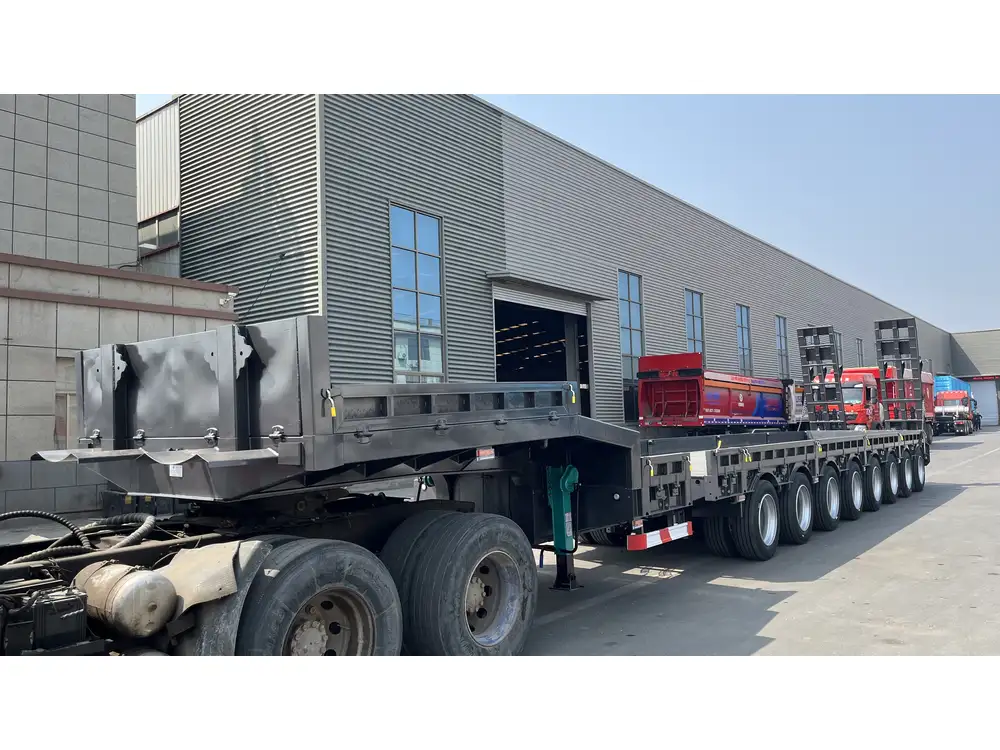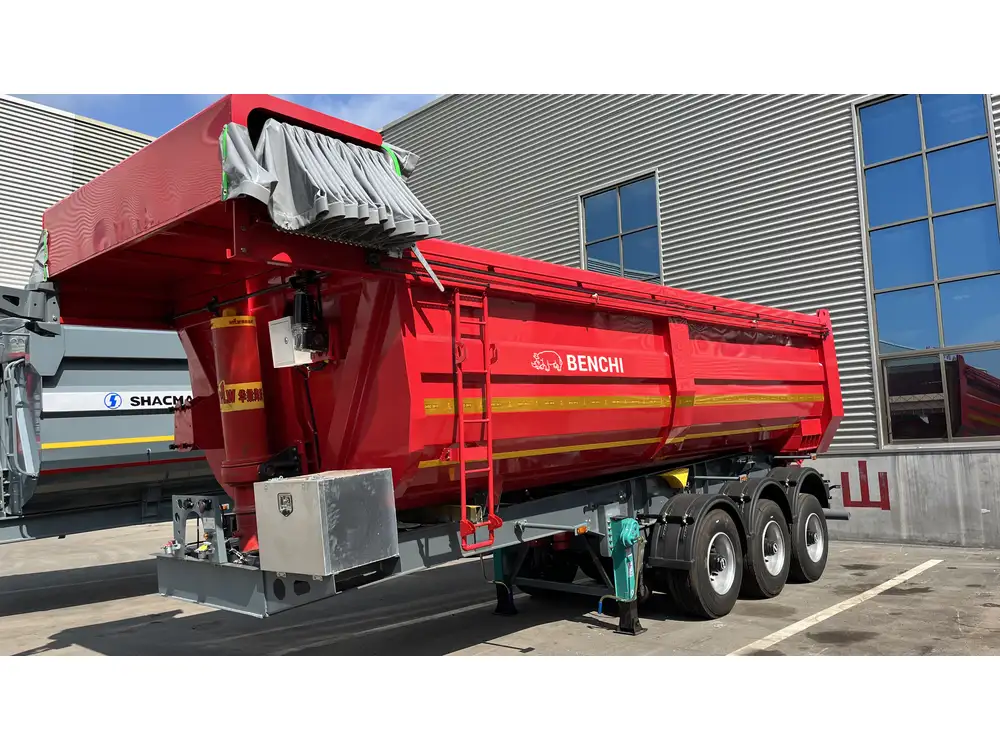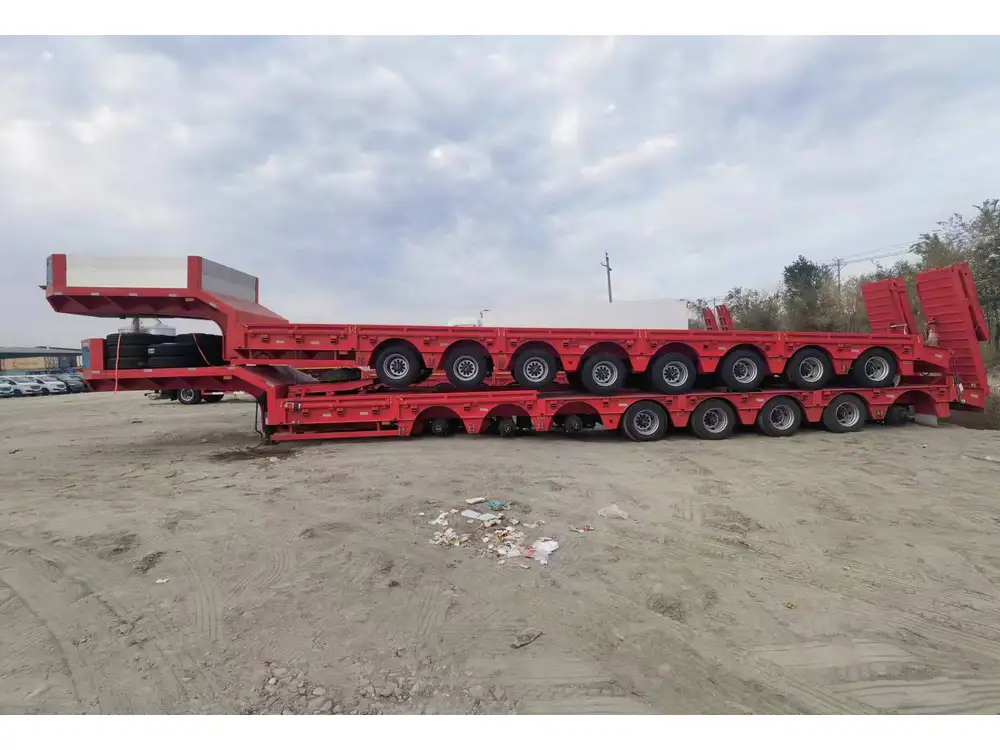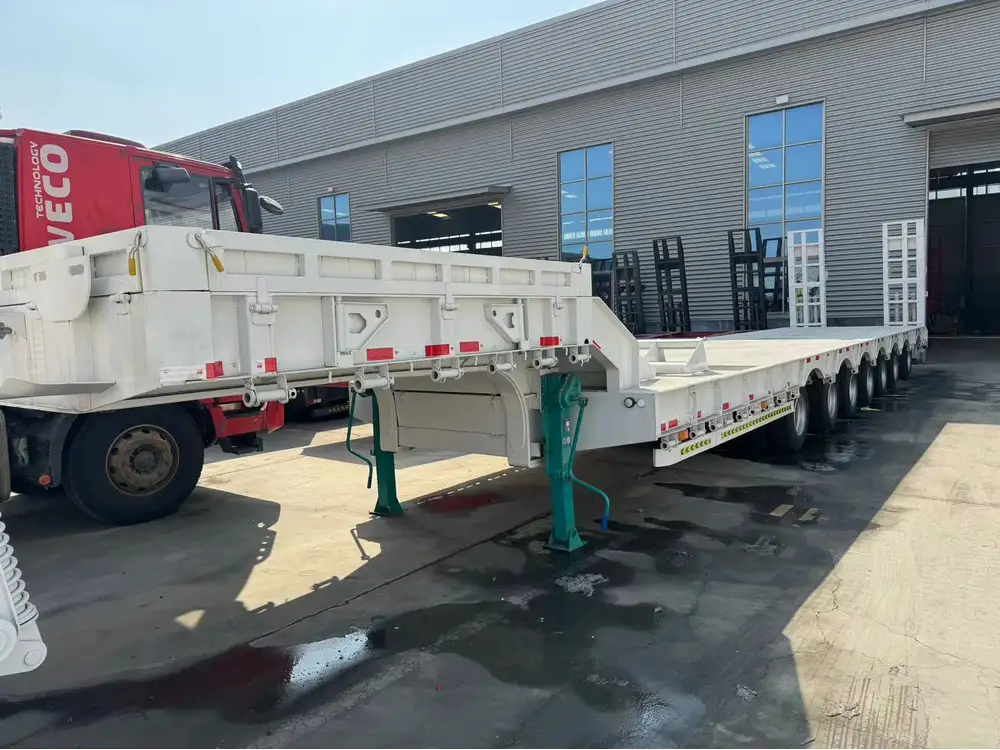When engaging with the logistics and transportation industry, one often encounters inquiries concerning the size and specifications of semi-trailers. The semi-trailer, an essential component of freight transport systems across the globe, comes in various sizes and configurations to accommodate an array of cargo types. This comprehensive analysis dives deep into the standard dimensions of semi-trailers, examining the various types, their specifications, and considerations that users must keep in mind.
1. Standard Dimensions of Semi-Trailers
1.1 General Overview
A semi-trailer is defined largely by its partnership with a tractor or truck unit that provides it the ability to transport cargo. The semi-trailer itself typically connects to the truck using a fifth wheel coupling, making it a unique vehicle in its own right. While dimensions can vary depending on jurisdiction, type, and intended usage, certain standards prevail.
| Type | Length (feet) | Width (feet) | Height (feet) |
|---|---|---|---|
| Standard Dry Van | 53 | 8.5 | 13.5 |
| Reefer (Refrigerated Truck) | 53 | 8.5 | 13.5 |
| Flatbed | 48-53 | 8.5 | Varies |
| Lowboy | 40-60 | 8.5 | Up to 2 feet lower than precursors |
| Tanker | 48-53 | 8.5 | 13.5 |

1.2 Length Specifications
The length of semi-trailers is crucial as it determines what types of cargo can be transported. Most commonly, standard dry vans and refrigerated trailers come in at 53 feet long, which is the maximum permissible length on many highways and interstates across the United States. Meanwhile, flatbed trailers vary between 48 to 53 feet depending on their intended use, providing flexibility when hauling larger loads.
1.3 Width and Height Considerations
The standard width for a semi-trailer is typically 8.5 feet. Height may adjust slightly between different types, but they typically maintain a maximum of 13.5 feet for compliance with federal regulations. However, certain states may have specific restrictions that could lower permissible heights. It is always critical to consult with local transportation regulations to avoid incurring fines or delaying deliveries.
2. Types of Semi-Trailers
Understanding the various types of semi-trailers available enhances knowledge of their sizes, functionalities, and applications.

2.1 Dry Van Trailers
Traditionally used for general freight transport, dry van trailers are enclosed and shield cargo from external elements. Their standard dimensions (53 feet in length, 8.5 feet in width) are commonly utilized for numerous types of products.
2.2 Refrigerated Trailers (Reefers)
Reefer trailers possess similar dimensions to dry vans but include temperature control systems for transporting perishable goods. Being 53 feet long and 8.5 feet wide, these trailers play an integral role in the cold chain logistics sector.
2.3 Flatbed Trailers
Flatbed trailers differ significantly in design, with their open structure facilitating the transportation of oversized or bulky items. Depending on the load, they often span 48 to 53 feet in length. Compatibility with different types of cargo is a primary advantage here.

2.4 Lowboy Trailers
These trailers are designed for hauling heavy machinery and construction equipment. Their lower profile allows for the transport of taller loads that otherwise could not meet height restrictions. Generally running from 40 to 60 feet in length, lowboy trailers manage loads requiring special handling.
2.5 Tanker Trailers
Tanker trailers are specifically engineered for transporting liquids such as fuel, chemicals, or food products. Their dimensions, 48 to 53 feet in length and 8.5 feet in width, are regulated to maintain safety during transit.
3. Important Factors Influencing Semi-Trailer Size

3.1 Freight Type
The weight and nature of the cargo being transported significantly influence the type of semi-trailer needed. Heavier loads generally require flatbed or lowboy trailers, while lighter, secure items may only necessitate a dry van.
3.2 State Regulations
Each state has its own set of transportation laws that can dictate maximum sizes for trailers. Staying aware of those regulations is critical for logistics managers and truck operators alike. Common regulations cover both the overall dimensions and the weight limits per axle.
3.3 Road Infrastructure
The condition and specifications of road infrastructure—including bridges and overpasses—play a critical role. Even if a trailer meets regulations, road conditions may impose additional limitations, thereby necessitating alternative route planning.

4. Essential Questions To Consider
4.1 What Are the Most Common Sizes Used in the Industry?
The two most common trailer lengths are 48 feet and 53 feet, predominantly observed within the dry van and refrigerated trailer sectors.
4.2 How Do Weight Limits Affect Trailer Size?
Weight limits are influenced by axle configurations and the governing regulations of the states traveled through. As a result, sometimes operators must choose shorter trailers to economize on weight.

4.3 In What Scenarios Are Specialized Trailers Necessary?
Specialized trailers such as lowboys become critical when transporting heavy machinery or oversized cargo—packages that do not fit standard specifications necessitate unique solutions.
4.4 How Does Load Distribution Impact Performance and Legality?
Proper load distribution across axles is crucial for maintaining balance and total vehicle performance. Imbalanced loads can lead to safety issues, reduced fuel efficiency, and penalties from regulatory authorities.
4.5 Are There Height Restrictions For Specific Types of Cargo?
While the general maximum height stands at 13.5 feet, specific companies and loads may encounter stricter height requirements based on the nature of the cargo being transported.

5. Conclusion: Selecting the Right Semi-Trailer for Your Needs
Selecting the appropriate semi-trailer is paramount for successful cargo transport. By understanding the dimensions and specifications accompanying each type, logistics managers and operators can ensure the most efficient haulage solution.
In summary, the dimensions of standard semi-trailers reflect the specific needs and regulations of the cargo being transported. Whether requiring a robust flatbed for heavy machinery or a temperature-controlled reefer for perishables, knowing the critical aspects of size and regulation will enhance decision-making and operational efficiency. Always consult with transport insights specific to your operational area to avoid complications and ensure safe, compliant deliveries.
For those operating within the vast expanse of the logistics industry, this information serves not just as a guide, but an essential part of ensuring your fleet meets all operational needs while maintaining compliance with regional and federal regulations.



